DAY 22: ENTERTAINMENT PT3 – MUSIC EVOLUTION – AN ANTHOLOGY OF HIP-HOP, “THEIR WORD IS BOND.”
First, it’s “da Blues.” Then, it’s “Rhythm & Blues.” Now it’s “On and on, and on an on, and the beat don’t stop ’til the break of dawn.” What a whirlwind of incredible endurance and creativity. The advent of Hip Hop is not just a game-changer but a world-changer. From Jamaica to Australia, raw poetic truths delivered over reverberating throwback tracks got our attention like never before.
A new wave of economic despair and poverty forced young folk from the Bronx and surrounding areas into the streets to find relief. White flight and the subsequent loss of capital opened the door for the influx of drugs and crime, ravaging their neighborhoods. It became easier to buy a gun than a gallon of milk–hmmm! A familiar solace–da Blues–changed its form– revealing a release that helped deal with the pain and frustration from the oppression they faced. Pure messages belted over wheels of steel rang in our ears, causing our hearts to stand up and our souls sing,
“Don’t push me cause I’m close to the edge,
I’m about to lose my head,
It’s like a jungle sometimes,
it makes me wonder how I keep from going under,
It’s like a jungle sometimes,
it makes me wonder how I keep from going under.”
They were a generation removed from the shackles and whips, but, from their point of view, their surroundings screamed–nothing has really changed.
#LetTheTruthBeTold. In some instances, dance battles and rap contests replaced gunfights and gang killings. Hip-Hop was not a panacea, but instead, a music evolution that merged Motown’s soulful sounds and George Clinton’s funk machine with the hard truth that Blacks were still facing. Black Genius had struck gold again. Everywhere you went, people were rapping and mixing, break-dancing, and pop-locking. There is barely a corner of this world not impacted by Hip-Hop. From the way we greet each other, to television commercial jingles, to board room vernacular, Thug life was here to stay.
#LetTheTruthBeTold. Let’s not get it twisted; Hip-Hop in and of itself is not a romantic depiction of criminals or euphoric recall of the plight of black folks problems. It’s a movement! It’s the creative resilience of Black people to find their way–and turn the world on its end while doing so. Hip-Hop has produced, Entrepreneurs, Millionaires, even Billionaires, for that matter. It has brought people together from all walks of life. It has healed the broken-hearted and given hope to a nation. #LetTheTruthBeTold. Let’s celebrate the pioneers who put this genre afloat and all of the individuals and groups who turned this street party phenomenon into a Billion dollar industry and collaborative movement. In celebration, the late great Tupac Shakur may have said something like, “All Eyes On Us.”
We have chosen to celebrate a select few Hip-Hop pioneers and artist from the latter half of the 20th century for their determination to change the perception of Black peoples contributions and thus change the landscape and future of our country. Today we honor their genius. We must not let their efforts be forgotten or let others bask in the credit of their achievements. Today we change the narrative. #LET THE TRUTH BE TOLD.
“HIP HOP HISTORY “
FOUNDING FATHERS BROOKLYN VS THE BRONX
“WHAT IS HIP HOP”
Hip hop is more than music; it’s a cultural movement that incorporates different elements of art. Four foundational elements characterize hip hop culture. The original four main pillars of hip hop include DJing/turntablism, MCing/rapping, B-boying/breaking, and visual/graffiti art. These forms of expression have also developed into further subcultures with lasting legacies.
The intersection of these four elements also generated a cultural revolution that rapidly spread across the globe. The global influence of hip hop culture has shaped music styles, fashion, technology, art, entertainment, language, dance, education, politics, media, and more. To this day, hip hop continues to be a global phenomenon, developing new art forms that impact the lives of new and old generations.
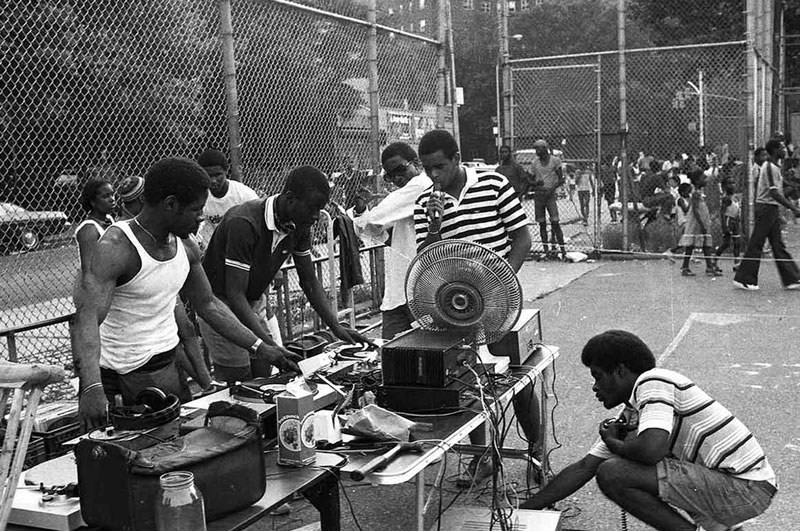
From the street corner to the world stage, hip hop has grown into one of the world’s most prominent musical genres and cultural influences. Explore significant events in hip hop history and its explosive evolution.
Hip hop is a subculture and an art movement that emerged from the Bronx in New York City during the early 1970s. Its development reflected the negative effects of post-industrial decline, political discourse, and a rapidly changing economy.
Looking back to New York City during this era, we see an economic collapse. The city’s economy was falling apart due to the decline of the manufacturing industry and construction of the Cross Bronx Expressway. Much of the white middle class moved to the suburbs to escape the social and economic challenges. The migration shifted demographics and segregated communities. Conditions worsened in neighborhoods prominently populated by African-Americans, Puerto Ricans, and Caribbean immigrants. Urban despair also brought rising crime, gang violence, and poverty.
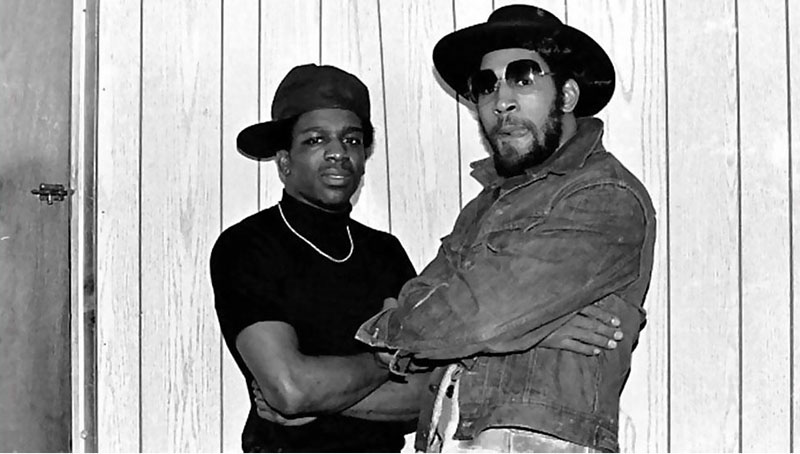
Consequently, businesses closed their doors, causing many economic opportunities and sources of entertainment to evaporate. As a result, urban youth turned to the streets for recreation and self-expression. The abandoned buildings and parking lots set the stage for block parties. These block parties laid the groundwork for everything associated with early hip hop culture. DJs and MCs brought the music by setting up mobile “Sound Systems” introduced by Jamaican culture. Sheets of cardboard became dance floors for break-dancers, and brick walls transformed into canvases for graffiti. Read More.
Rap is something you do, Hip Hop is something you Live.
KRS ONE
Early Years
LISTEN TO A RARE INTERVIEW WITH DJ FLOWERS | LISTEN TO DJ FLOWER S MUSIC
A new era was on the rise fueled by sentiments of anger, hardship, and abandonment. However, the emerging hip hop movement transformed despair and racial barriers into numerous creative outlets. It also became an outlet to deal with violence.
Several people were influential in creating hip hop. However, the most notable pioneers are DJ Kool Herc, Afrika Bambaataa, and Grandmaster Flash. These three innovators are known as the “Holy Trinity” of hip hop.
KRS-One, MC (Master of Ceremonies) producer, philosopher, and activist was born on August 20, 1965 to Jacqueline Jones and Sheffield Brown in South Bronx, New York City, New York. KRS’s mother was a secretary while his father, who worked as a handyman, was deported to his native Trinidad when KRS was an infant. When his mother remarried in 1970 and had two more children, a son and a daughter, KRS took the new family name and became Lawrence Kris Parker.
Growing up in poverty, KRS left home in his early teens and lived on the streets of the Bronx as hip-hop culture began to emerge. He ended up at the Franklin Avenue Armory Shelter in the Bronx where he met a social worker named Scott Sterling, a.k.a. Scott La Rock. Scott, already an experienced DJ, connected immediately with KRS who had developed an identity as a graffiti writer that signed “KRS-ONE” (Knowledge Reigns Supreme Over Nearly Everyone).
In 1984 Scott La Rock, KRS, and two other rappers collectively became Scott La Rock & the Celebrity Three and released a song called “Advance.” At a time when most rappers were making party songs, “Advance” discussed nuclear war prevention. Soon after, Scott and KRS formed their own group, The Boogie Down Crew, in honor of their borough’s nickname, the “Boogie Down” Bronx.
“GrandMasters”
LISTEN TO KRS ONE 40 YEARS OF HIP HOP LECTURE | LISTEN TO DJ FLOWER S MUSIC

Although he will more than likely be remembered best for releasing “The Message,” the first rap song to delve into social commentary about the plight of African Americans in the inner-city, Grandmaster Flash was also the original technological virtuoso of the early hip-hop movement to emerge from the Bronx borough of New York in the 1970s. A child of Barbadian immigrants, Flash was driven by the mechanical imperfections of his immediate predecessors’ equipment to create new, home-made mixing tools. Along with his technological savvy, an obsessive drive for rhythmic perfection led him to essentially create the art form of ‘turntablism,’ the use of the record player as a musical instrument.
Beginning in 1977, Grandmaster Flash began to make his name in the Bronx for the wide range of technological tricks he used to electrify the party. Though DJ Kool Herc was the first to loop the percussive break-beat of a record, his technique was, in Sadler’s mind, sloppy and lacked precision in terms of keeping time with the rhythm of the beat. Flash created a cross-fader to improve upon Herc’s innovations, dubbing his style the “Quick Mix Theory,” which also incorporated a virtuoso 13-year-old named Grand Wizard Theodore’s technique of scratching a record back and forth for musical effect. As well, Flash’s routine also utilized a new electronic percussion machine called the beatbox to great effect.
No hip-hop DJ in the late 1970s was without a crew of rappers and New York audiences heralded Flash’s Furious Five, consisting of Melle Mel, Cowboy, Kid Kreole and the Glover brothers, as the best. As hip-hop transformed from being a strictly live medium to a recorded one, the group released several influential records. None would be as powerful as 1982s “The Message” where Melle Mel’s vivid imagery life in the ghetto at the onset of the crack epidemic would point to hip-hop’s rise to become the dominant cultural form to document the challenges confronting African American youth in the late twentieth century.
“Trendsetters”
SUGAR HILL GANG AND RUN D.M.C .
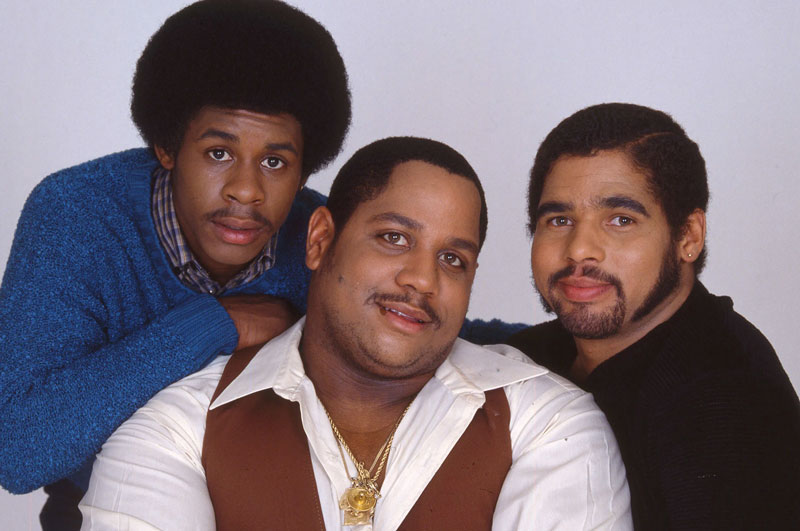
The Sugar Hill Gang, known as the first nationally popular African American hip-hop group, comprised three members: Mike Wright (Wonder Mike), Henry Jackson (Big Bank Hank), and Guy O’ Brien (Master Gee), all from Englewood, New Jersey. The group is best known for its 1979 hit single, “Rapper’s Delight,” which was also the first hip hop single to rank in the top 40 hits and to become part of a multi-platinum selling album. Rapper’s Delight is also credited with popularizing hip hop as a new musical genre.
Wright, Jackson and O’Brien were discovered and signed to Sugar Hill Records by producer Sylvia Robinson and her husband, record tycoon, Joe Robinson. Sylvia Robinson had become aware of the large block parties that sprang up in the New York area, which featured a new style of music defined as underground hip hop. Robinson met Wright, Jackson, and O’Brien at one of these parties where the three were performers and signed them to the Sugar Hill label. They were given the stage name, Sugar Hill Gang and soon afterward they recorded “Rapper’s Delight.”
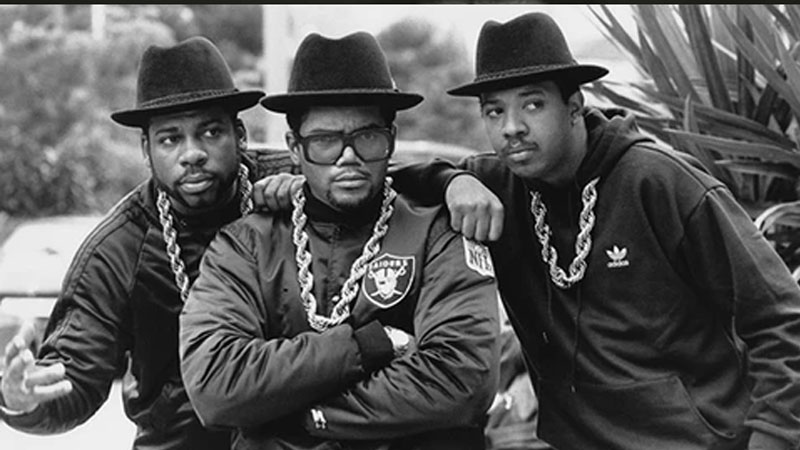
Pioneer rap group Run-D.M.C. was formed in the Hollis section of Queens, New York in the early 1980s. Rappers Run (born Joseph Simmons on November 14, 1964), D.M.C. (born Darryl McDaniels on May 31, 1964), and DJ Jam Master Jay (born Jason Mizell on October 30, 1965), created the first rap group to achieve both critical and mass success in the emerging genre of rap music.
Aided by Run’s brother, Russell Simmons, founder of Def Jam Records, Run D.M.C.’s career began in 1983 with the single “It’s Like That.” The moderately successful single opened the door for more singles and the self-titled debut album in 1984. The first Run-D.M.C. album featured the song “Hard Times” which discussed the rising poverty in the inner cities and the poor political and social climate in Queens during the early eighties, while “Sucker M.C.’s” encouraged black education among youth often prone to drop out of school. Rapper D.M.C. spoke of his own schooling in the now legendary line “I’m DMC in the place to be, I go to St. John’s University/And since kindergarten I acquired the knowledge/And after 12th grade I went straight to college.” Jam Master Jay’s beats as well as production by Russell Simmons on that album also moved hip hop away from the danceable disco-influenced funk sounds made by early rap DJ’s. Run-D.M.C.’s music was sparse and raw, relying heavily upon drum machines. They also sampled rock music which increased its audience appeal.
“Biggie and Tupac”
BLACK GENIUS GONE TOO SOON
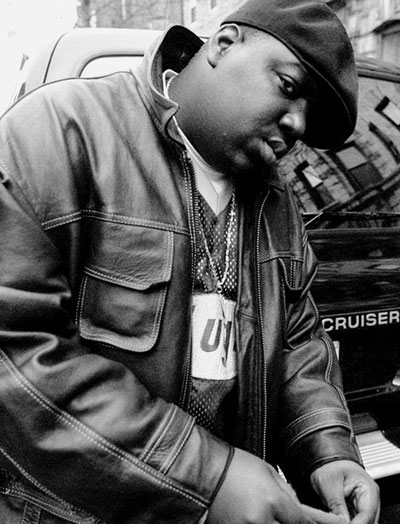
Biggie Smalls 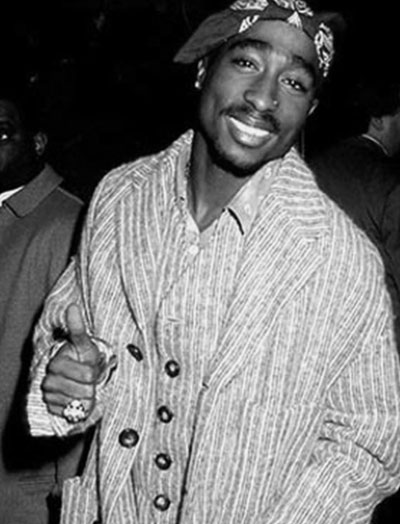
Tupac Shakur
Tupac Shakur, the son of two Black Panther members, William Garland and Afeni Shakur, was born in East Harlem, New York on June 16, 1971, and named after Jose Gabriel Tupac Amaru II, an 18th century political leader in Peru who was executed after leading a rebellion against Spanish rule. Tupac’s parents separated before he was born. At the age of 12 Shakur performed in A Raisin in the Sun with the 127th Street Ensemble. Afeni and Tupac later moved to Baltimore, Maryland where he entered the prestigious Baltimore School for the Arts as a teenager. While at the school, he began writing raps and poetry. He also performed in Shakespearian plays and took a role in The Nutcracker.
In June 1988, Shakur and his family moved to Marin City, California where he joined the Ensemble Theater Company (ETC) to pursue a career in entertainment. Seventeen-year-old Shakur became an avid reader absorbing books such as J.D. Salinger’s Catcher in the Rye, Jamaica Kincaid’s At the Bottom of the River, Herman Melville’s Moby Dick, and the feminist writings of Alice Walker and Robin Morgan.
Shakur’s professional career began in 1991 with his hit single “Same Song.” Later that year he appeared in Sons of the P, the first of his eight films. He also recorded his first solo album 2 Pacalypse Now. In 1993, Shakur formed the group Thug Life with a few of his friends and his stepbrother Mopreme Shakur. The group released their only album, Thug Life: Thug Life Vol 1 on September 26, 1994. Despite his short five-year professional career (1991-1996) Shakur became the best selling hip-hop artist in the world with over 75 million albums sold including 44 million in the U.S.
“Best of the 90’s”
SONGS FROM BIGGIE, TUPAC, DR DRE, ICE CUBE, ETC.
Hip-Hop music star Christopher Wallace, better known as Biggie Smalls or The Notorious B.I.G., was part of an East Coast-West Coast rap rivalry that included Tupac Shakur and Sean “P. Diddy” Combs. A year after Shakur was murdered, Notorious B.I.G. was preparing to release his second album when he was gunned down at the age of twenty-four as he left a party in Los Angeles. The album soared to #1 on the charts posthumously. Notorious B.I.G. is ranked as one of the top rappers of all time.
Christopher Wallace was born in New York on May 21, 1972. His mother Voletta Wallace was a Jamaican pre-school teacher. His father Selwyn Latore was a welder and a politician. Wallace’s father deserted his family leaving his mother to raise him in Brooklyn. Voletta Wallace worked two jobs to provide the income that allowed her son to attend private school as a child. Although Wallace was a good student, by the age of twelve he was dealing drugs and as a teen fell into a life of crime. He would be arrested numerous times during his short life.
Eventually Wallace attended Brooklyn’s George Westinghouse High School, and after school he jammed with jazz saxophonist Donald Harrison. Wallace dropped out of high school at seventeen with aspirations of becoming a rap superstar following his idols Run-DMC and Big Daddy Kane.
“Snoop and Dr. Dre”
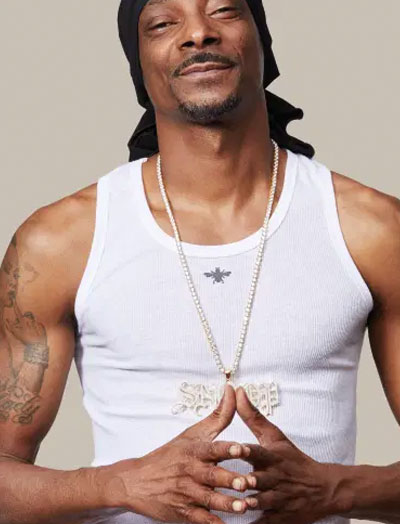
Snoop Dogg 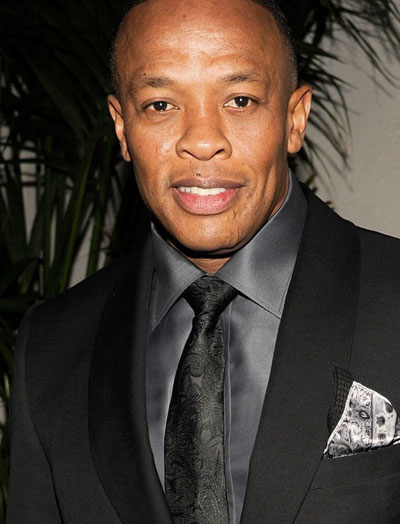
Dr. Dre
Snoop Lion, also known as Snoop Doggy Dogg, was born Calvin Cordozar Broadus to Beverly Tate and Vernell Varnado in Los Angeles, California on October 21, 1971. Named for his adoptive stepfather Cordozar Calvin Broadus, Sr., Snoop was nicknamed “Snoopy” as a child by his mother who thought her son resembled the character from the classic Peanuts comic strip.
Snoop began rapping in middle school and, after graduating from Long Beach Polytechnic High School in 1989, he formed a group named 213 (the area code for Long Beach at the time) with his friends Warren G (Warren Griffin) and Nate Dogg (Nathaniel Hale, 1969-2011). During this time Snoop was also loosely associated with the Crips, a Los Angeles street gang, arrested on cocaine possession charges, and spent time in and out of prison.
Dr. Dre, of the West Coast “gangstarap group N.W.A., became aware of Snoop through his step-brother, Warren G. Dre was impressed enough with Snoop to feature him on his first solo release following his departure from N.W.A., the title track to the film Deep Cover (1992). When Dre released his debut solo album The Chronic </i (1992), Snoop emerged as the star of the record.
LISTEN NOTHING BUT A G-THANG
Dr. Dre, pioneering West Coast hip-hop producer, rapper and entrepreneur was born Andre Romelle Young in Compton, California on February 18, 1965. His father Theodore and his mother Verna were both singers and members of bands before and after Dre was born. His parents soon separated and Verna, who was 16 when she had Dre, remarried and brought stepsiblings, including stepbrother Warren Griffin III (aka Warren G), into the family.
Dre never showed a great interest in school, but he did inherit his parents’ love of music. He immersed himself in the early Los Angeles hip-hop scene and in 1984 formed the World Class Wrecking Cru, a romance-themed, techno-style group whose song “Surgery” was a local hit. In 1986 Dr. Dre teamed up with Eazy-E (Eric Wright), Ice Cube (O’Shea Jackson), MC Ren (Lorenzo Patterson) and DJ Yella (Antoine Carraby) to form the seminal rap group Niggaz Wit Attitude, or N.W.A. Dre’s production talents received widespread exposure on N.W.A.’s second album Straight Outta Compton (1988), which sold over 500,000 copies in six weeks with virtually no radio or video play.
One song on Straight Outta Compton in particular, “F-ck tha Police,” garnered widespread attention for its discussion of police brutality and racial profiling. Numerous law enforcement organizations protested the song, including the F.B.I., which sent a letter of reprimand to N.W.A.’s record label, Ruthless Records. Following Ice Cube’s controversial departure, Dre produced the group’s final album Efil4zaggin in 1991. The album debuted at number two on the Billboard chart and reached number one the following week.
“Woman HIP-HOP Contributors”
TOP HIP HOP FEMALE PERFORMERS OF THE 70s-90s
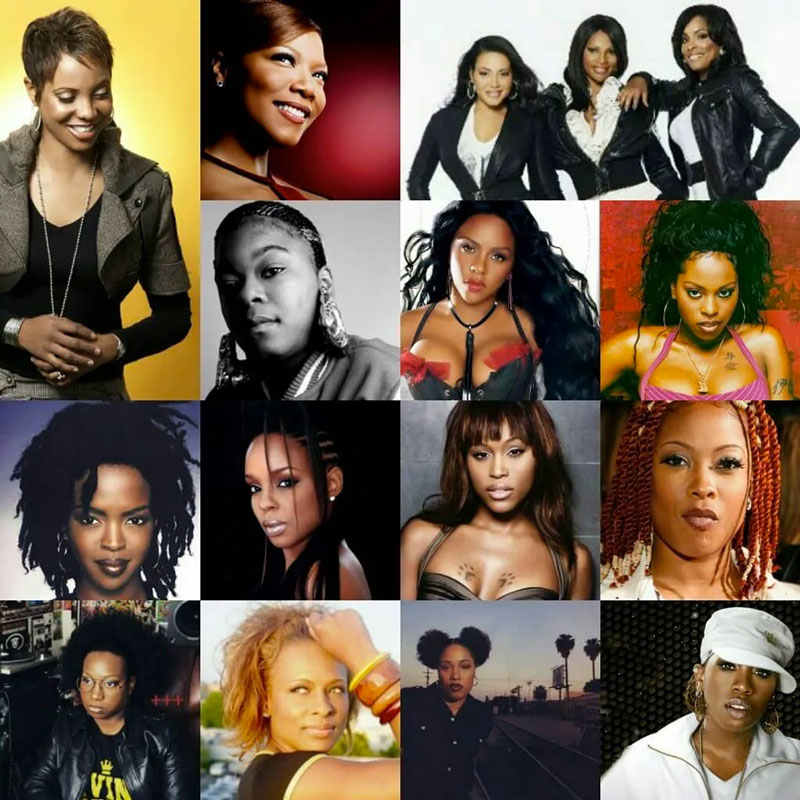
Hip Hop has always been a male-dominated genre and sometimes I feel like the women in Hip Hop don’t get enough credit and are often overlooked when it comes to top ten and greatest rappers lists. I also feel like in this generation there are barely any women in Hip Hop anymore. (Shout out to the few that are still doing it for the ladies.)
Being a young woman myself I’ve always looked up to Salt N Pepa, Queen Latifah, Lady of Rage and others. I want to remind people of the women that ran the game and still do till this day. So here are my personal top ten favorite ladies in Hip Hop.
“Other Notable Hip Hop Legends”
LL COOL JAY, AND ICE TEA
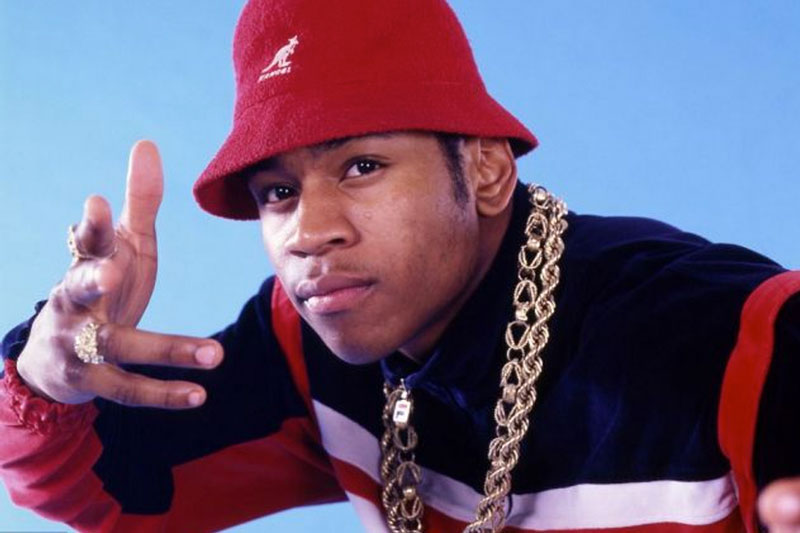
LL Cool J, rapper and actor, was born James Todd Smith, the only child of James and Ondrea Smith on January 14, 1968 in St. Albans, Queens, New York City, New York. Early in James’ life, the relationship between his mother and father turned violent and they divorced when he was four years old. Later, after enduring physical and emotional abuse from his mother’s boyfriend, James became a bully himself. It was around his tenth birthday that he found a constructive way to channel his aggression, the newly emerging musical genre of hip-hop.
After his grandfather gave him a mixer for his 11th birthday, James began writing and producing his own songs. At age 15 he came up with his stage name: Ladies Love Cool James (which he shortened to LL Cool J). In 1984, LL met Rick Rubin, a student at New York University and co-founder of Def Jam Records, hip-hop’s first major label. Impressed by what he heard, Rubin began producing LL immediately and in 1985 Def Jam released the 17 year-old’s debut album, Radio.
On the strength of songs like “I Can’t Live Without My Radio” and “Rock the Bells,” Radio went platinum and represented an evolution in the arrangement of rap songs by including verses and choruses. This was followed by Bigger and Deffer (1987) which went multi-platinum and featured a number one R&B hit, the groundbreaking rap ballad “I Need Love.” Again, LL was at the forefront of innovation with a song that introduced a significant female presence to the heavily male listening demographic of rap music at the time.
I decided early on that i was going to put on my crown by acting right and treating myself like a queen
QUEEN LATIFAH

Queen latifah 
Mary J. Blige
Born Dana Elaine Owens on March 18, 1970 in Newark, New Jersey, Queen Latifah is the most influential woman in the history of rap music. The Muslim name “Latifah,” which translates roughly to “delicate, sensitive and kind,” was adopted by Owens at the age of eight with help from a cousin.
As a high school student Latifah began rapping with two friends under the moniker Ladies First. She also worked with the rap group Flavor Unit, and recorded a two song demo featuring Wrath of My Madness and Princess of the Posse. The demo reached Tommy Boy Records which promptly signed eighteen-year-old Latifah in 1988.
In 1989 Latifah added the “Queen” at the beginning of her name and released her first full-length album All Hail the Queen. The album was one of the first feminist hip-hop albums released. Queen Latifah worked with an established rap pioneer KRS-One and future stars De La Soul. The album featured a song called “Ladies First,” which referenced her first group and illustrated her soon to be trademark of unrelenting black feminist-centric rap.
When Mary J. Blige was born on January 11, 1971, in The Bronx, New York, few observers would have imagined her becoming one of the most successful rhythm and blues (R&B) artists within a musical world increasingly dominated by hip-hop. Blige’s father abandoned the family when she was four. She and her mother and sister moved to the Schlobam Housing Project in The Bronx and became one of thousands of impoverished single-parent families in New York’s public housing system. Blige was sexually assaulted as a child and later dropped out of high school.
In 1988, Blige recorded a demo in a shopping mall self-recording booth. The demo made its way to Uptown Records in Harlem, and she signed a recording contract a year later. For her first album, Blige was guided by then little-known producer Sean Combs. Her debut album What’s the 411? changed the sound of both hip-hop and soul for artists in both of the genres. The album integrated soul and rap music. Blige’s raw singing and rugged image reflected her project-raised youth. Her songs were sampled by rap artists, including The Notorious B.I.G., which added to her streetwise credibility.
Mary J. Blige recorded another six albums, all of which achieved spectacular success, reaching platinum (over one million albums sold) status. Along with commercial success, Blige has also earned a number of awards, including two NAACP Image Awards and six Grammys. By 2013 she had sold 75 million records worldwide. On April 30, 2017, she released Strength of a Woman, her thirteenth studio album.
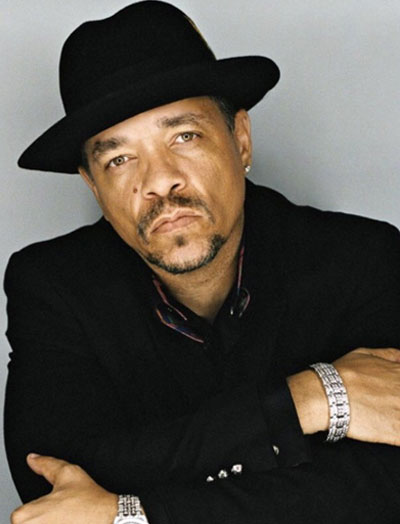
Ice “T” 
Will Smith
Ice-T, pioneering West Coast rapper, singer and actor, was born Tracy Marrow in Newark, New Jersey to Solomon and Alice Marrow on February 16, 1958. The Marrows were a working-class African American family who lived in the predominantly white town of Summit, New Jersey, where Ice recalls no memories of any overt racism or prejudice as a child. When Ice was in third grade his mother passed away suddenly of a heart attack, and four years later, his father died the same way. As an only child, he was sent to live with an aunt in South Central Los Angeles, California following his father’s death.
As a student at Crenshaw High School in the mid-1970s, Ice became interested in the writing of the author Iceberg Slim and developed a reputation for memorizing and reciting passages from Slim’s books to his friends. During this time street gangs like the Crips and the Bloods began to emerge in Los Angeles, and Ice started to write ‘street’ rhymes which he would perform years before rap became known.
After graduating from high school Ice joined the Army and was stationed in Hawaii. While he was there he heard the landmark rap single “Rapper’s Delight” by the Sugar Hill Gang and was drawn to the connection between his own street poetry and this new style of music. After his discharge Ice returned to Los Angeles and briefly flirted with the hustling lifestyle before getting serious about music. He first gained notoriety with his song “Reckless,” which appeared on the soundtrack for the 1984 film Breakin’. Then in 1986 he recorded “6 ‘N The Mornin’,” widely considered one of the first ‘gangsta’ rap records.
Willard Carroll Smith, Jr., better known as Will Smith, actor, rap and recording artist, was born in Wynnefield, Pennsylvania on September 25, 1968. His father, Willard Carroll Smith, is a veteran of the U.S. Air Force and a refrigerator engineer, and his mother, Caroline Bright Smith, is a public school administrator. His parents separated in 1988 and formally divorced in 2000. Smith attended Our Lady of Lourdes, a private Catholic elementary school, and Overbrook High School where he earned the nickname, “Prince.” As a senior with high SAT scores, Smith had an offer to attend Massachusetts Institute of Technology (MIT) after high school, but he opted out of college to pursue what had already become a successful career in entertainment.
Smith’s break into show business came at age 16 with his 1986 single release “Girls Ain’t Nothing But Trouble,” from the album Rock the House, which he recorded with a teenage friend, Jeffrey Townes, under the duo name “Jazzy Jeff and the Fresh Prince.” The single hit the charts in 1987 rising to # 21 after eight weeks. By 1990 the album hit the Billboard Top 200. That same year, NBC signed Smith to play the lead in his own television sitcom, The Fresh Prince of Bel-Air. With the success of that show, which lasted six seasons, Smith became a millionaire by age 18.
In 1992, Smith began appearing in movies while still performing in his sitcom. He played small roles in Where The Day Takes You, Made in America, and Six Degrees of Separation. By 1999 his film credits included Bad Boys (1996), Independence Day (1996), Men in Black (1997), and Enemy of the State (1998). This film brought him the NAACP Image Award nomination for Outstanding Actor in a Motion Picture in 1999. His outstanding performance as “Ali” in the film Ali brought him an Oscar nomination for Best Actor in 2001. His success in the film industry continued with lead roles in the romantic comedy Hitch (2005) and The Pursuit of Happyness (2006) which also featured Smith’s real-life son Jaden. The film earned Smith a second Academy Award nomination for Best Actor in 2006.
Content provided courtesy of History.com, Britannica.com and Wikipedia.com, Biographies.com, Blackpast.com, msbluestrail.org, notablebiographies.com, hiphopgoldenage.com, iconcollective.edu and youtube.com. All Rights Reserved.


